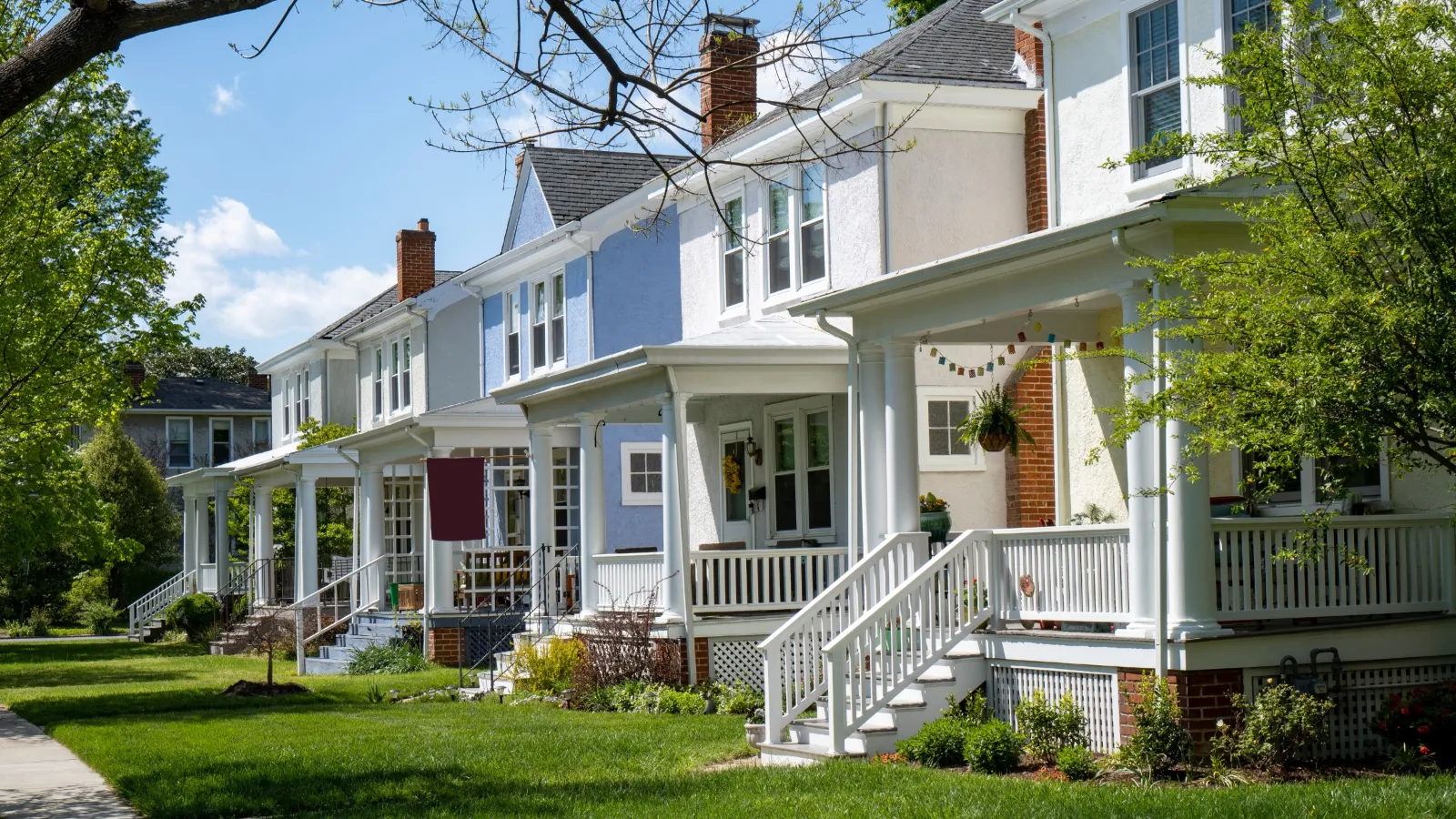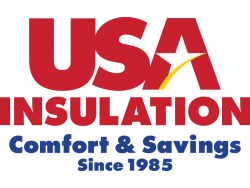Everybody knows that homes need insulation in the walls, attics and floors. Without insulation in these key areas, you’ll be wanting for warmth this winter. In fact, theDepartment of Energy offers sage advice about where to insulate in the home for homeowners looking to increase energy efficiency and warmth.
Where to insulate
Here are some key areas where you need insulation:
- The attic ceiling, whether the space is finished or not.
- Over attic floor joists.
- The access door to the attic.
- Attic knee walls.
- Attic walls.
- Exterior walls in the home.
- Exterior home walls next to an unheated garage or storage area.
- Foundation walls that rise above ground level.
- Walls in conditioned basements.
- Floors located above a crawlspace or garage.
- Floors that float above the ground.
- Slab floors.
- Joists space of floors.
- Band joists.
The type of insulation to use
What kind of insulation works best in retrofit applications? USA Insulation recommends that homeowners use the material that will get the most bang for their dollar in terms of efficiency, installation and durability.
Injection foam insulation works well in retrofit jobs, as it can be installed in almost any type of home – brick, siding, block, wood and steel – without causing significant or costly damage to the home that needs repaired. The liquid-like material gets into cracks and crevices, expanding to create a high-density insulating material that scores a higher R-value than other insulations.
Need to retrofit your home with insulation? Talk to the experts at USA Insulation. We’re the leaders in retrofitting homes with easy-to-install, highly efficient injection foam insulation. Call us today to schedule a free in-home consultation and find out how you can raise the roof on your home’s warmth.



